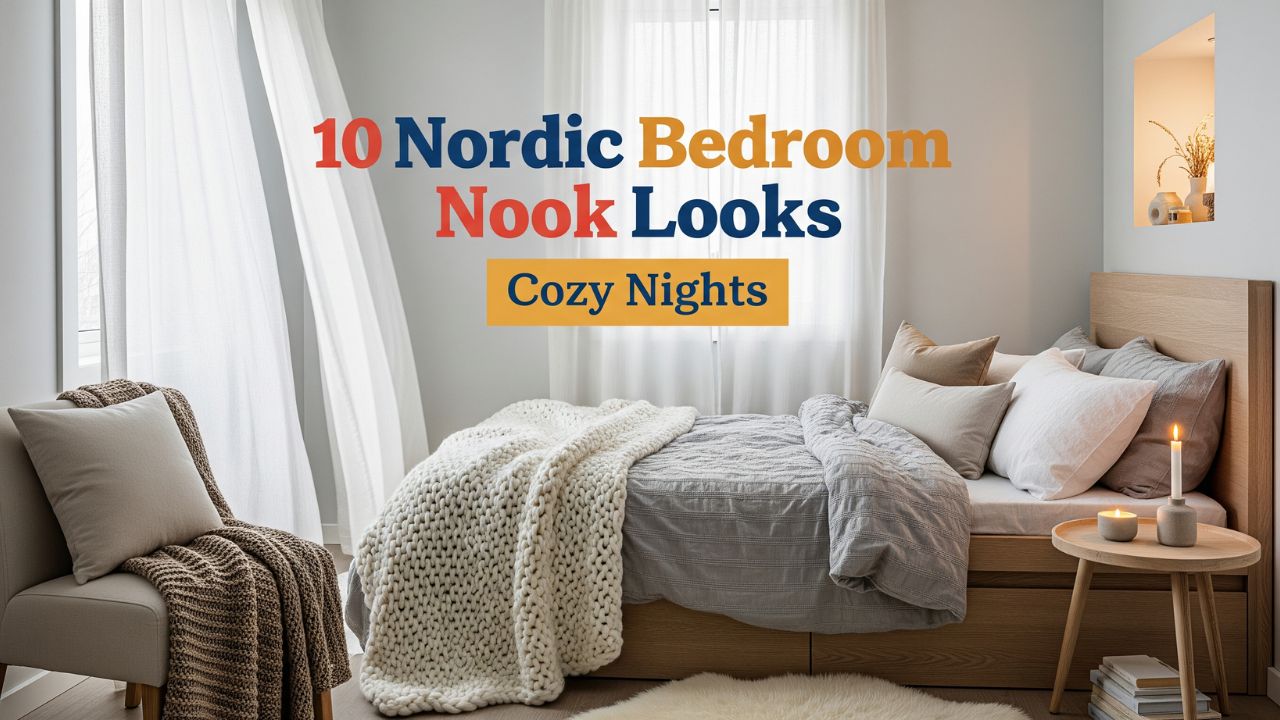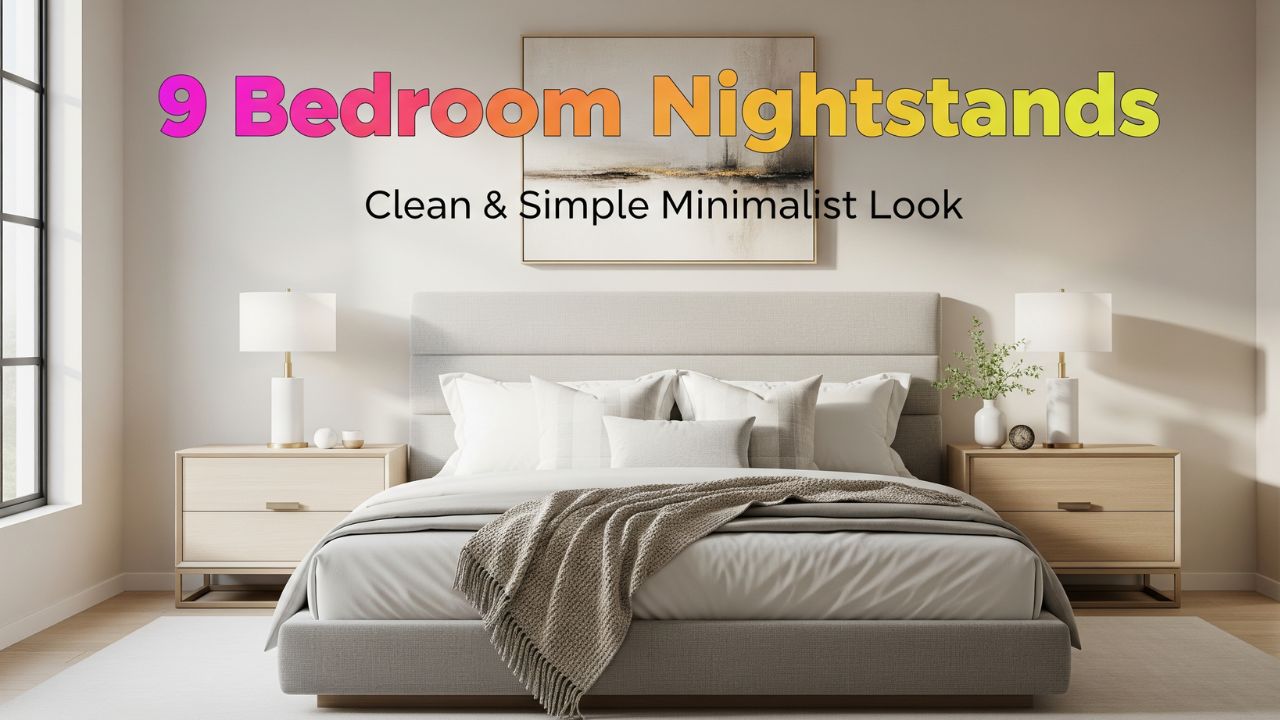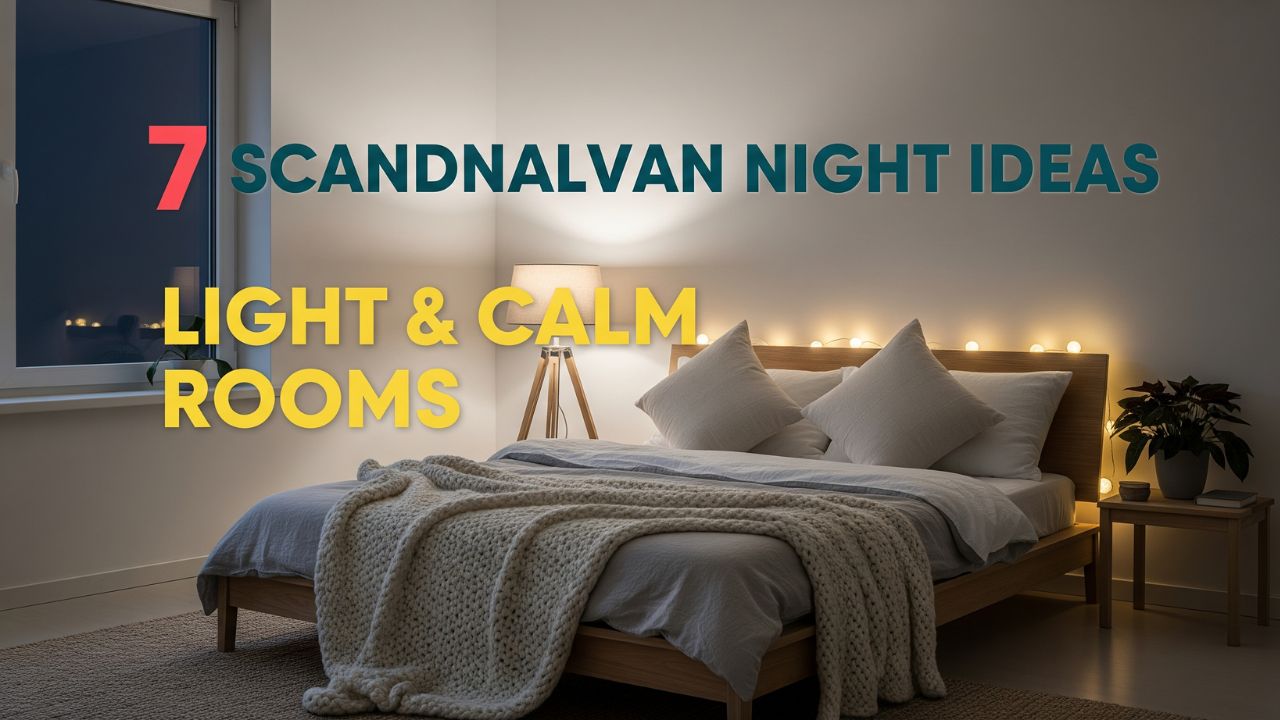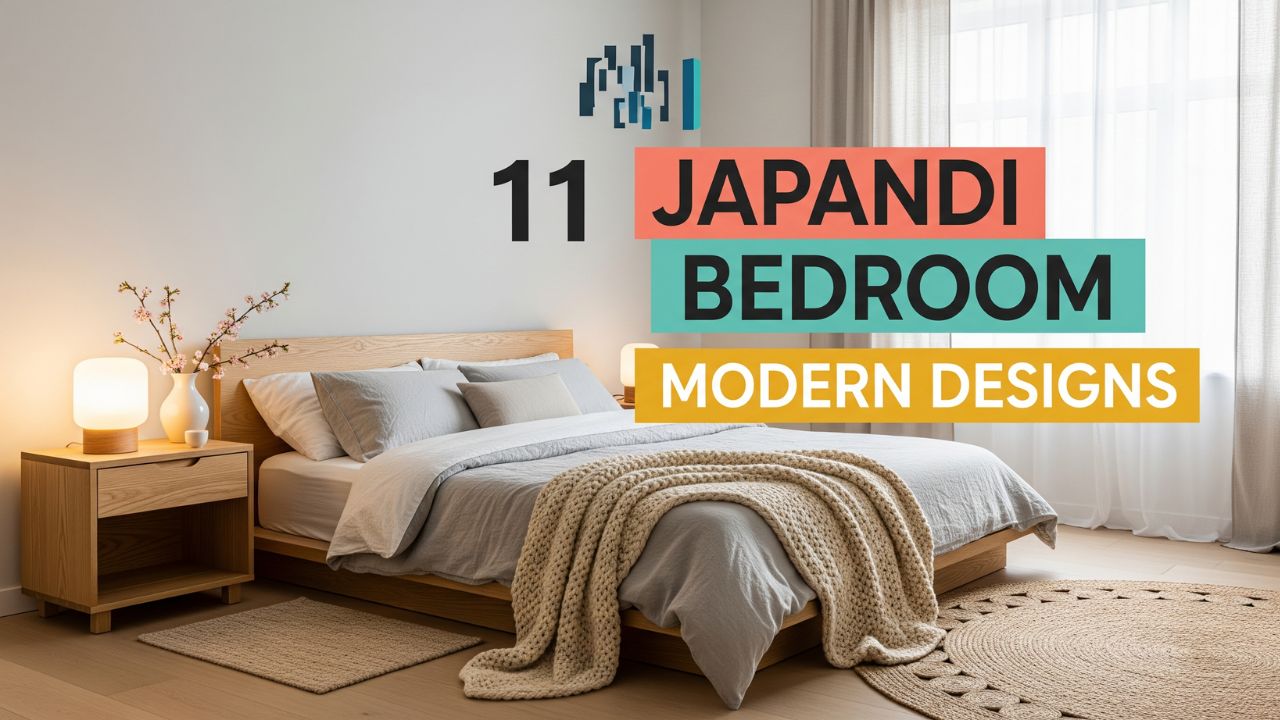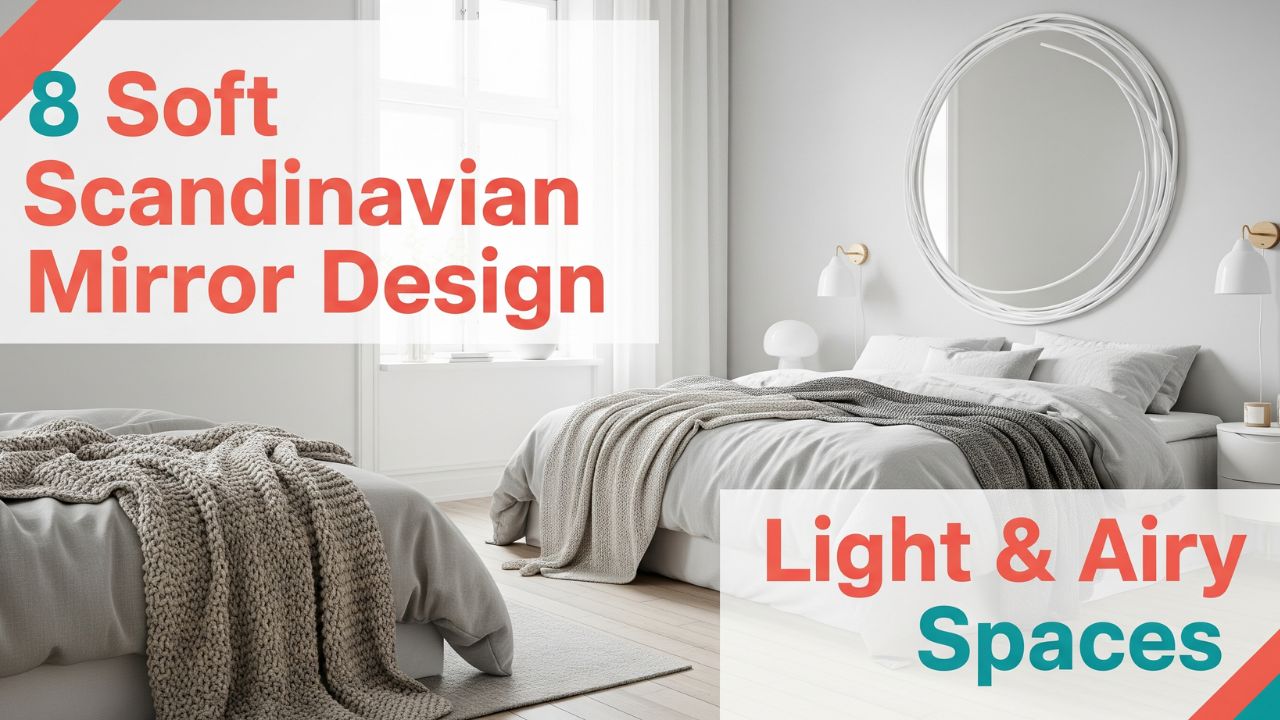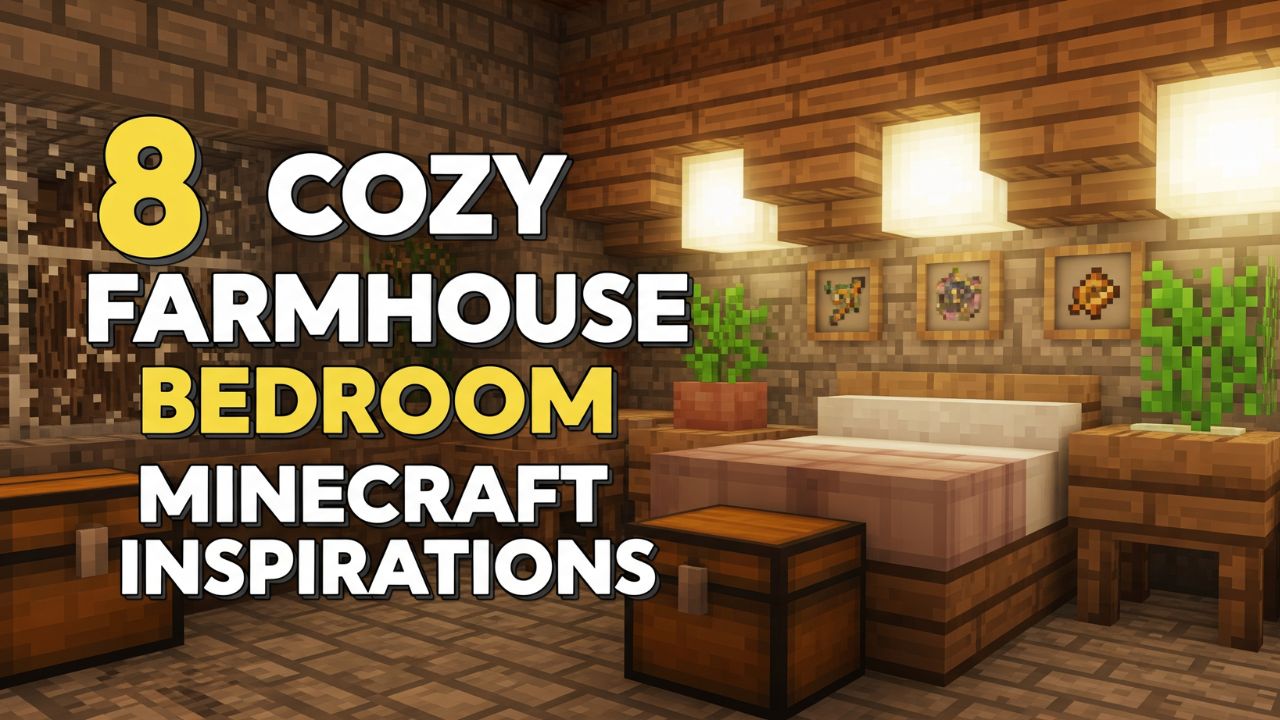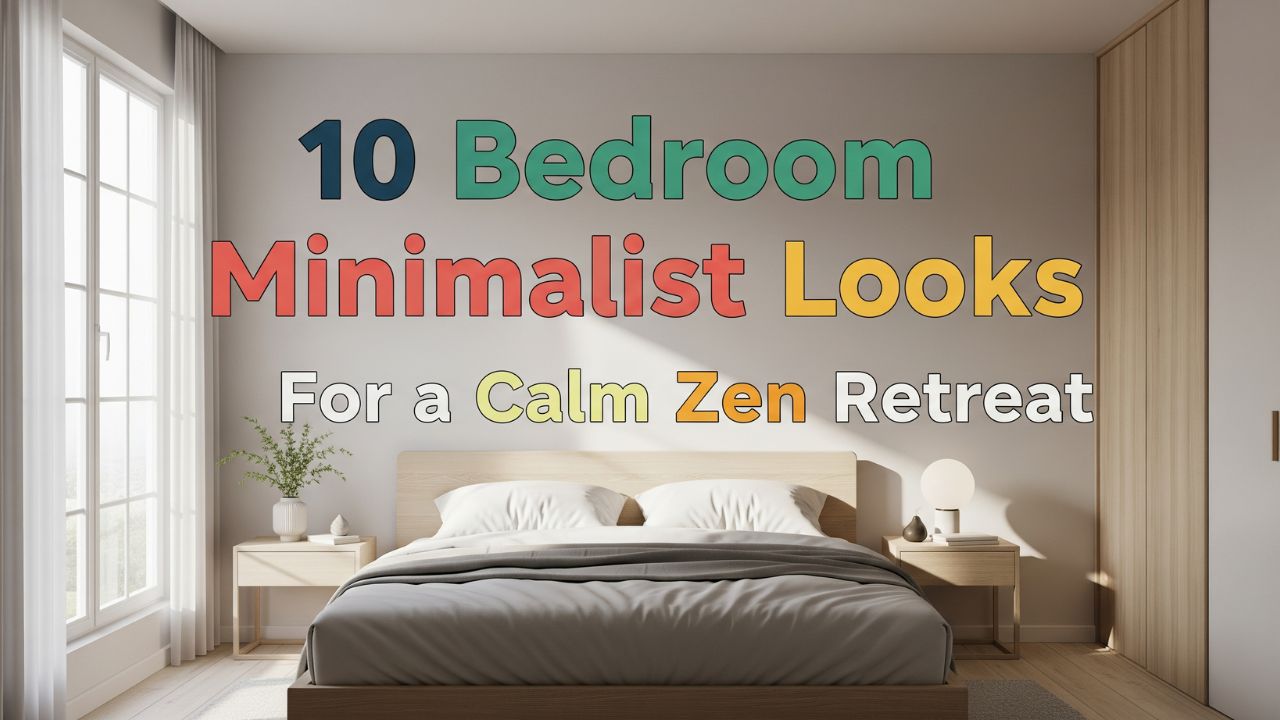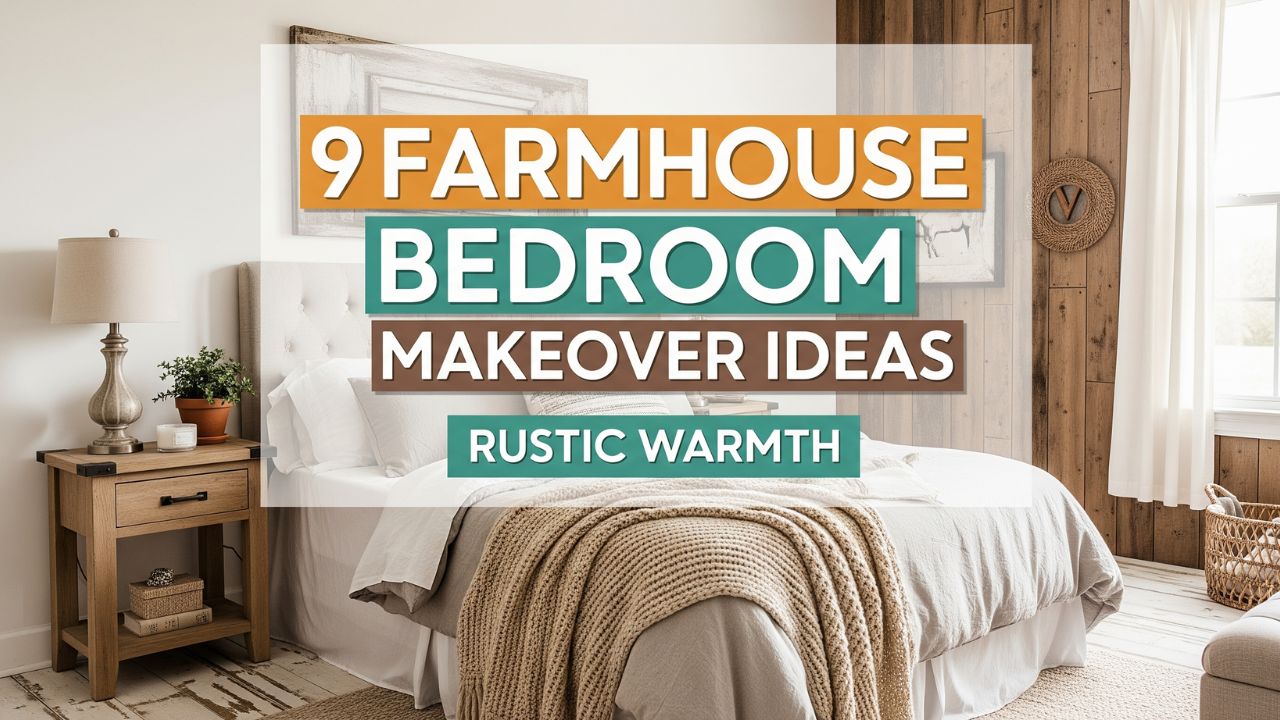Some links in this post are affiliate links. If you make a purchase through these links, I may receive a small commission. This helps support the site at no extra cost to you.
Maximizing space in your home doesn’t have to mean sacrificing style or comfort. If you’re living in a smaller apartment or simply want to optimize your home’s layout, combining your living room and dining room can be a smart and stylish solution.
These multifunctional spaces offer an excellent way to get the most out of every square foot. But how can you effectively merge these two spaces without losing their distinct personalities?
In this post, we’ll explore 13 creative and space-saving living room-dining room combos that not only make your space feel larger but also bring a sense of harmony and sophistication.
So, do you want to see how you can make your space work harder for you? Let’s dive in and explore the endless possibilities!
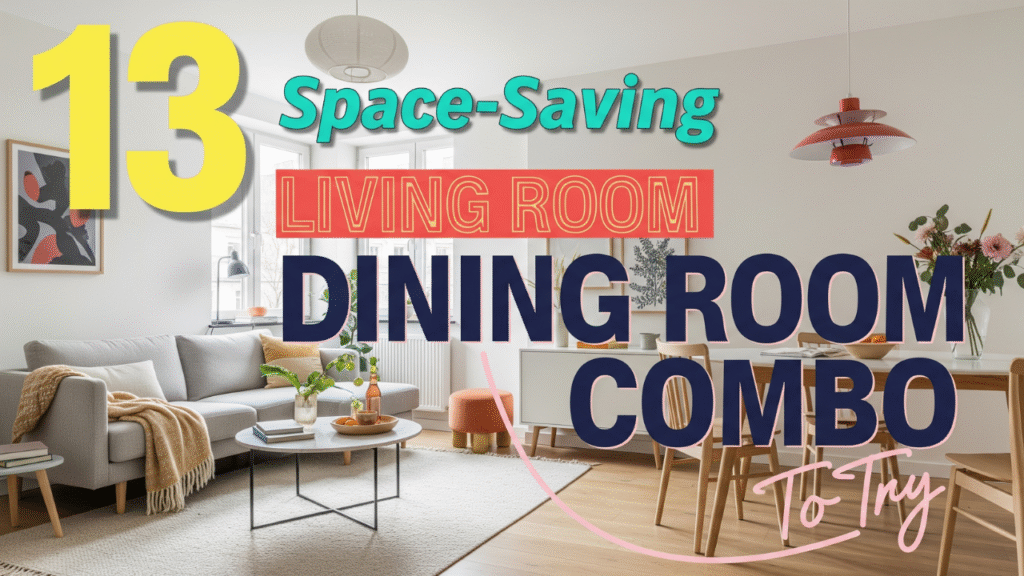
Table of Contents
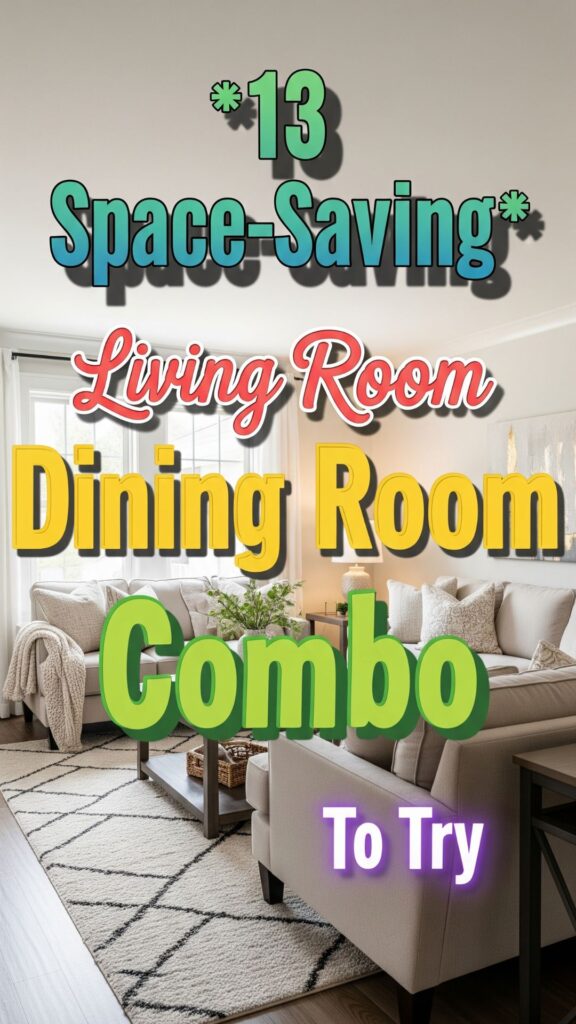
13 Living Room Dining Room Combo
1. The Open Concept Classic: Embrace Minimalism
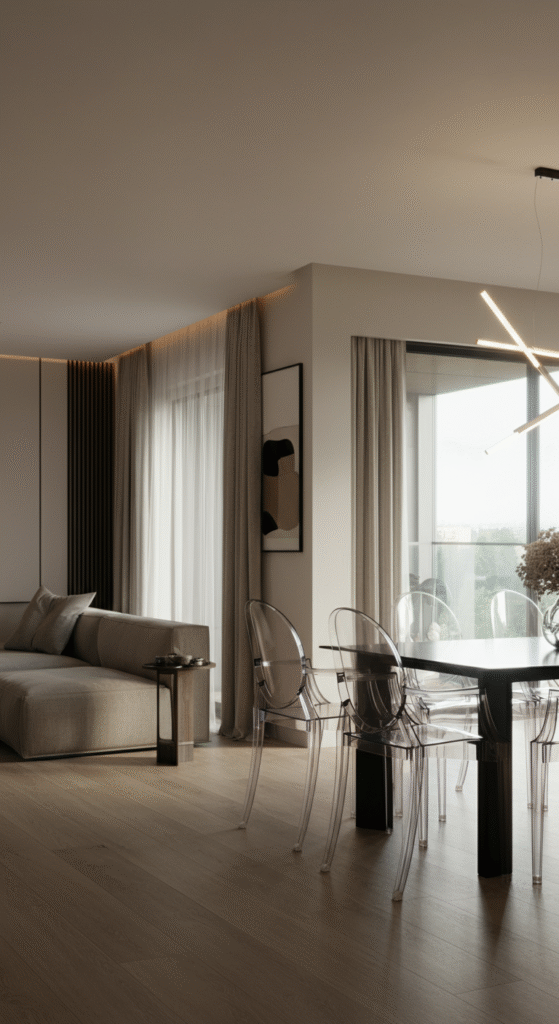
If you’re looking for a modern, airy vibe, an open concept living room and dining room combo might be just what you need. By removing unnecessary walls and barriers, this layout creates a seamless flow between the two areas.
The key here is to choose furniture that blends effortlessly while maintaining distinct zones. A sleek dining table with clear acrylic chairs, paired with a low-profile sofa, can help demarcate the spaces without using bulky partitions.
Do You Know?
The open concept design is inspired by the desire to create more inclusive, shared spaces in homes, promoting both social interaction and openness.
2. Multi-Functional Furniture: The Space-Saver’s Best Friend
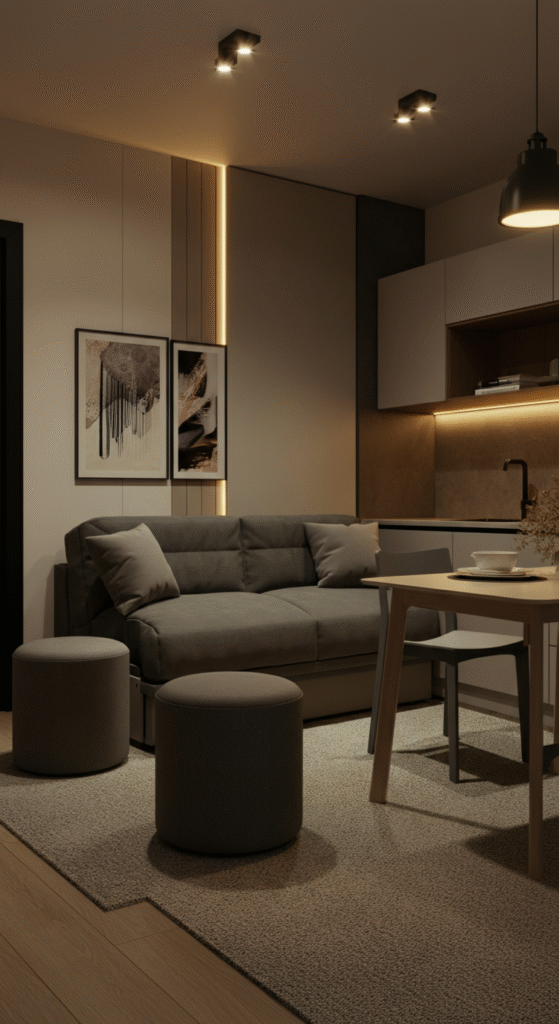
Maximizing space is all about being smart with your furniture. Choose pieces that pull double duty, such as a dining table that doubles as a work desk or a sofa that transforms into a guest bed.
For example, a sofa with built-in storage can store blankets or cushions, while a fold-out dining table can give you extra room when you’re entertaining. These pieces can adapt to various needs, making them a perfect solution for smaller spaces.
Interesting Fact
Furniture with hidden storage options has become increasingly popular, especially in smaller urban homes where every inch counts.
3. Floating Furniture: Light and Airy Feel
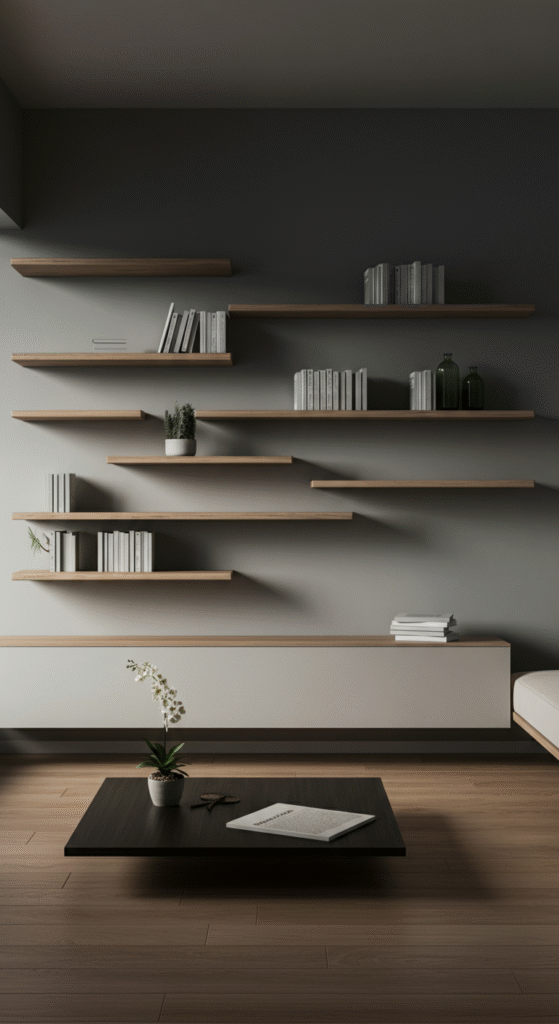
Floating furniture is another effective technique to maximize your space. By keeping furniture off the ground, you create a sense of openness and flow.
For instance, floating shelves can hold decorative items and essentials without taking up floor space. Additionally, a floating dining table mounted to the wall frees up floor space and gives a modern, industrial feel to the room.
4. Vertical Integration: Look Up for More Space
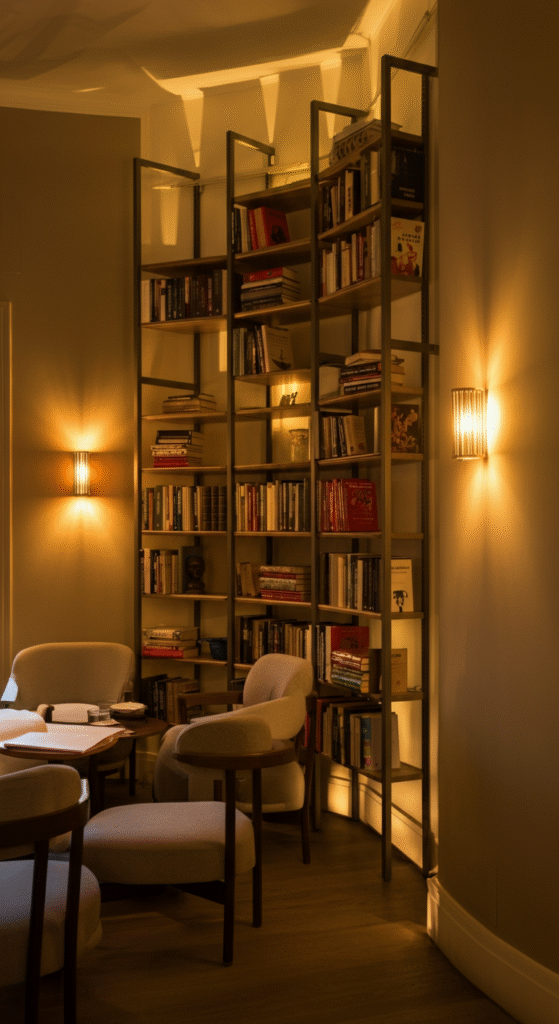
In smaller spaces, vertical integration can be your best friend. Use the walls to your advantage by installing shelves, hanging artwork, or even adding a mounted TV.
By keeping furniture lower to the ground and using the height of the room for storage or decoration, you create a more balanced look that doesn’t overwhelm the space.
Tall, slim bookshelves or wall-mounted lighting fixtures can also create the illusion of more room without crowding the floor area.
5. Muted Tones: Create a Calm, Unified Feel
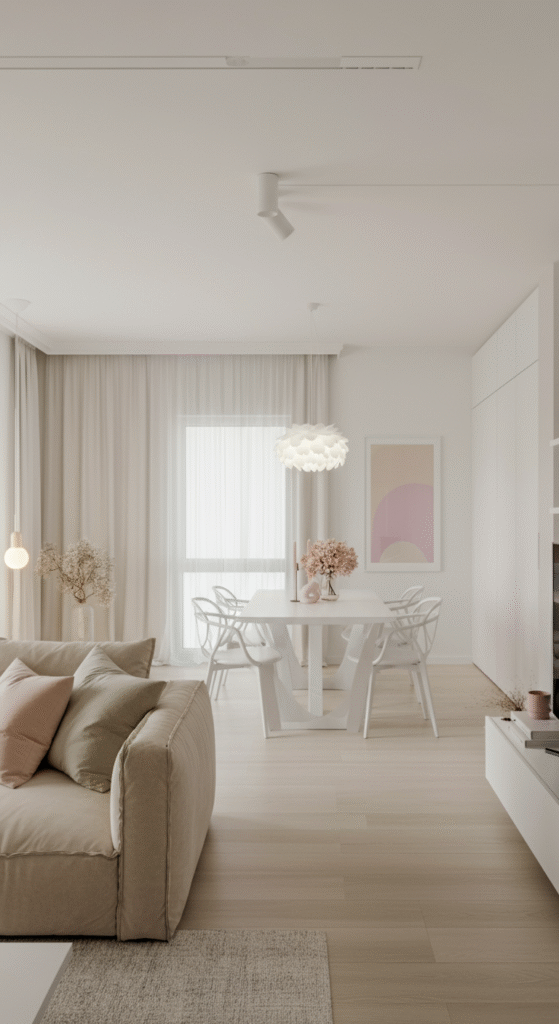
Color plays a major role in how spacious a room feels. When combining a living room and dining room, choose muted tones for walls, furniture, and accessories. Light shades of white, grey, or soft pastels make a room feel larger and more connected.
Using similar hues for both spaces helps them blend together, eliminating any visual boundaries. To add contrast, you can introduce accents in darker tones or pops of color through cushions, rugs, and wall art.
Myth Busted
Many people believe that dark colors make a room feel smaller. In reality, dark shades can be used effectively when paired with lighter elements, creating depth and coziness in the room.
6. Defined Zones with Area Rugs
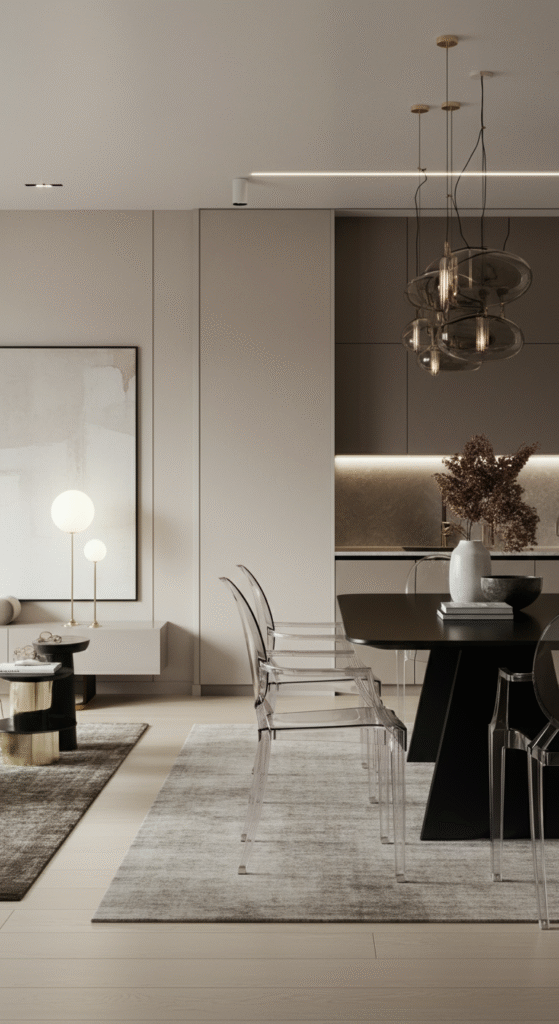
Even in an open layout, you can define the living room and dining room areas with area rugs. A large rug in the living space helps anchor the seating area, while a separate rug under the dining table defines the eating area.
Choose rugs with patterns or textures that match the room’s overall aesthetic, helping to create a subtle division between the two spaces.
7. Foldable Furniture: Flexibility at Its Best
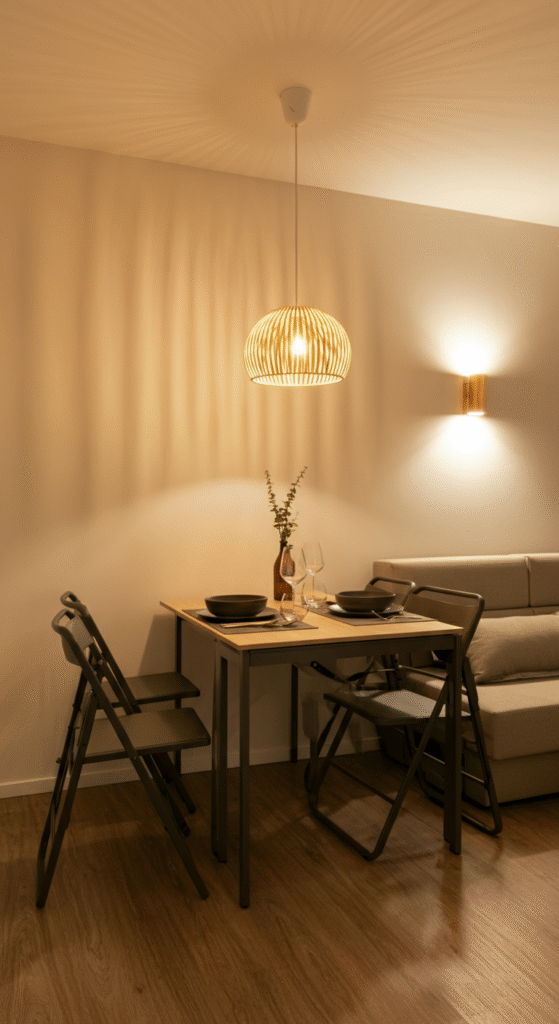
When you’re short on space, furniture that can fold up or collapse is a game-changer. Foldable dining chairs, collapsible tables, or even wall-mounted desks that you can fold away when not in use provide flexibility.
This design strategy allows you to adjust your space based on your daily needs—whether you’re hosting guests or enjoying a quiet evening in.
Interesting Fact
Foldable furniture has been around for centuries. The folding chair was first introduced in ancient Egypt, where it was used as a portable seat for royalty!
8. Multi-Purpose Wall Dividers
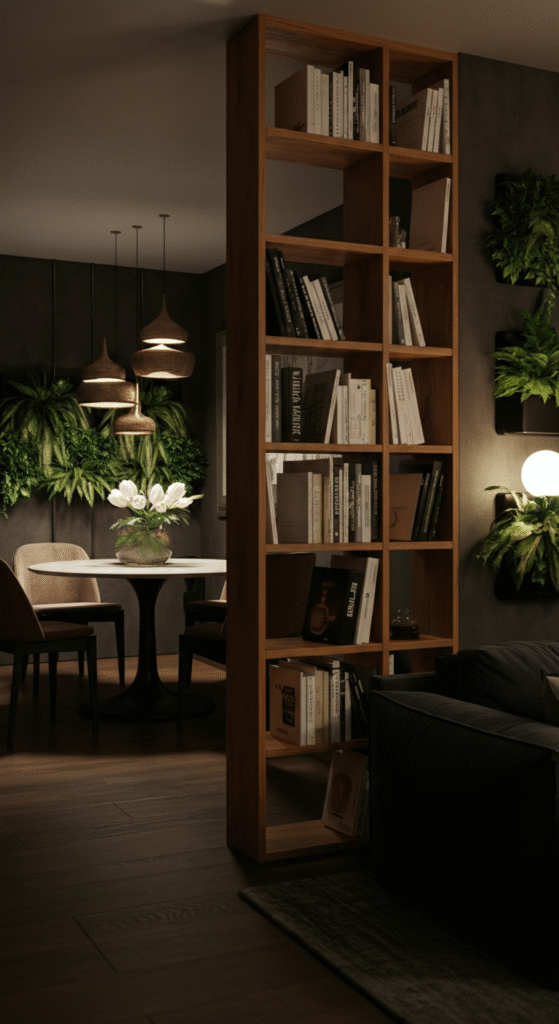
Using wall dividers to subtly separate the living and dining spaces can enhance the functionality of your rooms without breaking the flow.
Whether you choose a folding screen, a bookshelf, or even a curtain, these dividers create a sense of privacy and distinction. The best part? You can easily move or change them depending on your needs.
9. Light and Glass Furniture: Transparency is Key
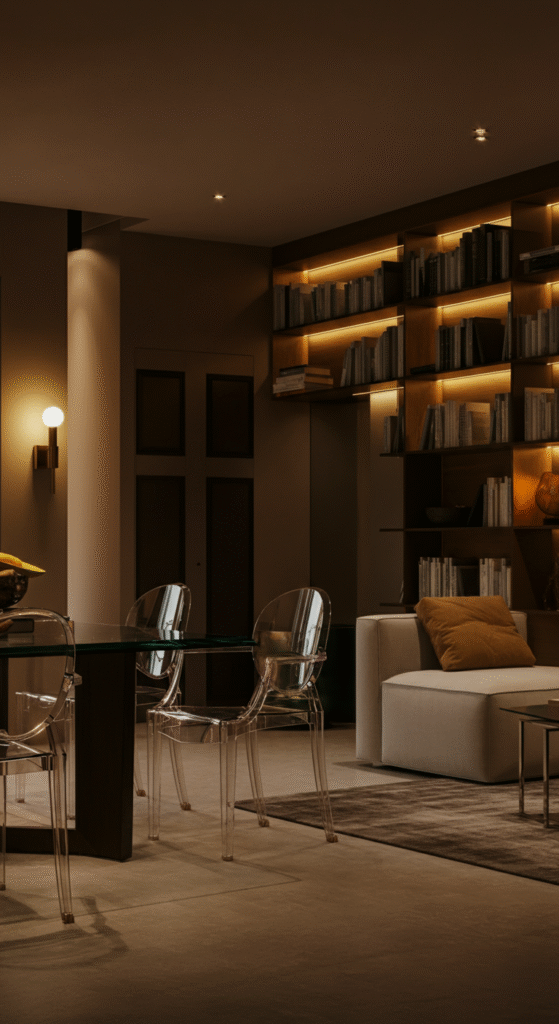
To keep your space feeling open, opt for glass or acrylic furniture. Glass dining tables, transparent chairs, or a sleek glass coffee table can create a feeling of lightness while maintaining a sophisticated look.
These materials allow your eyes to travel easily through the space, keeping it from feeling cluttered.
10. Integrated Technology: The Smart Solution
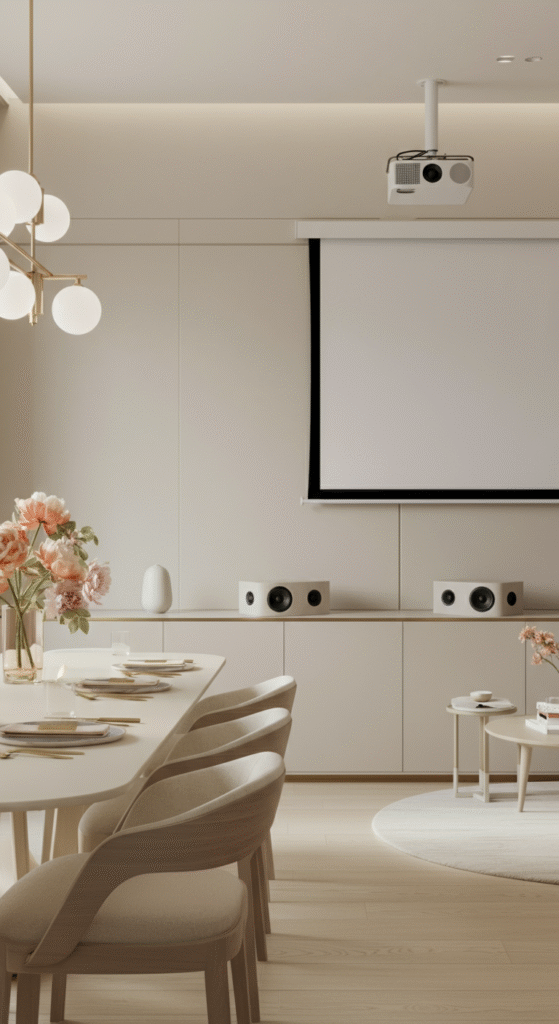
As technology becomes more integrated into our lives, it’s also becoming a part of our home design.
Consider adding smart home technology that blends seamlessly into your living and dining room combo. For instance, hidden speakers or a retractable projector screen can save space while improving your home’s entertainment value.
11. The Compact Dining Setup: Perfect for Small Spaces
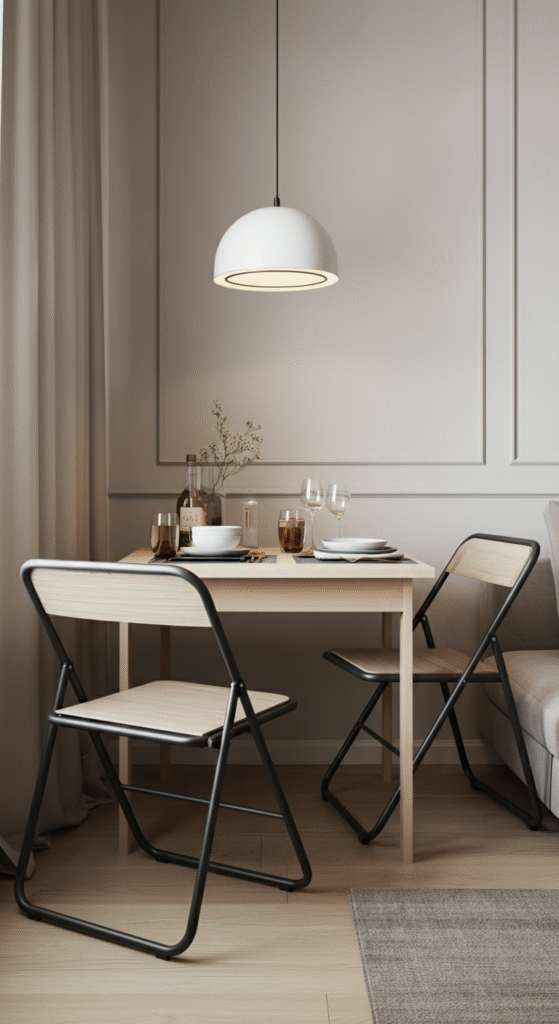
If you’re working with limited space, you can still enjoy a cozy dining setup. A round dining table with space-saving chairs can be perfect for smaller rooms.
Additionally, consider an extendable dining table that expands when you need it and compacts when you’re not hosting. These small, flexible options work beautifully in a multi-use space.
Did You Know?
Round tables are a great choice for small spaces because they don’t have corners, allowing for easier movement and more seating.
12. Play with Mirrors: Make Your Space Appear Larger
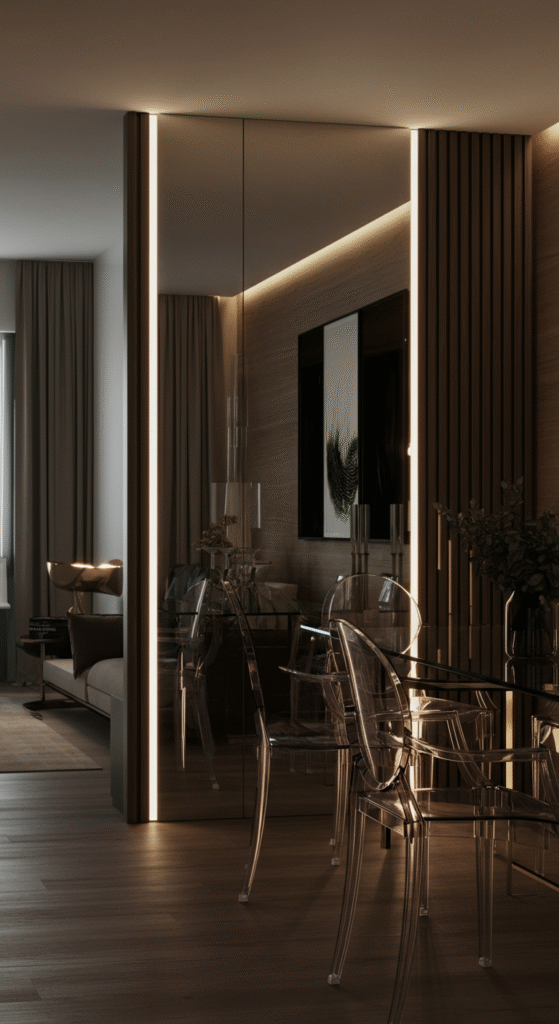
Mirrors are a great way to create the illusion of more space. By placing a large mirror on one wall or using mirrored furniture, you reflect light and make the room feel brighter and bigger.
The best part? Mirrors also add a touch of elegance and modern flair to the space.
13. Custom Built-In Furniture: Tailored for Your Space
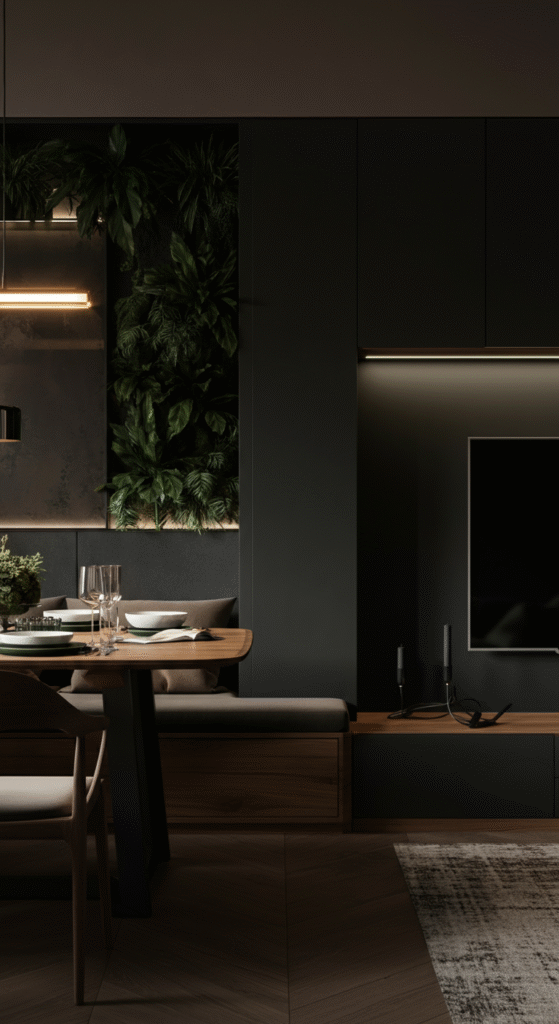
For the ultimate space-saving solution, consider custom built-in furniture. Wall-mounted or built-in shelves, seating, or storage units are designed specifically for your space, making them incredibly efficient.
You can have a custom dining nook with built-in storage or a sofa that hugs the wall, providing both seating and storage without taking up unnecessary space.
Conclusion
Combining your living room and dining room doesn’t mean you have to compromise on style or functionality.
Whether you’re embracing a minimalist design, using multi-purpose furniture, or incorporating modern technology, there are numerous ways to make the most of your space. These 13 ideas will help you optimize your home’s layout while maintaining the aesthetic and comfort you love.
Remember, the key to creating a successful living-dining combo is all about balance—finding the right mix of furniture, color, and layout that makes the most of your space.
Try mixing and matching these ideas to find the perfect combination for your home. It’s time to transform your space into a stylish and functional haven!
Frequently Asked Questions (FAQs)
How can I make my living room and dining room combo feel more spacious?
To make a living room and dining room combo feel more spacious, opt for an open concept layout, choose light colors, and incorporate multi-functional furniture. Using floating furniture, vertical storage, and mirrors can also help create the illusion of more space.
Can I combine the living room and dining room in a small apartment?
Yes! Combining the living room and dining room is an excellent solution for small apartments. Use furniture that serves multiple purposes, such as foldable dining tables or sofas with built-in storage. Dividers, such as bookshelves or curtains, can help define the areas while maintaining an open feel.
What are some creative ways to separate the living room and dining room in an open-plan space?
You can separate these spaces with multi-purpose furniture, such as a bookshelf or a console table, or use area rugs to create a visual boundary. You can also install floating partitions, hanging curtains, or use plants and lighting to distinguish between the two areas.
How do I choose furniture for a combined living and dining room?
When selecting furniture for a combined space, focus on pieces that are functional, space-saving, and aesthetically cohesive. Opt for modular or foldable furniture, such as a dining table that can be extended or a sofa with storage. Keep furniture proportions in mind to avoid overcrowding the space.
What colors work best for a combined living and dining room?
Light and neutral colors work best for a combined space, as they can make the room feel more open and airy. Shades of white, light grey, and pastels are ideal for creating a calm and unified atmosphere. You can add pops of color through accessories like cushions, curtains, and wall art.
